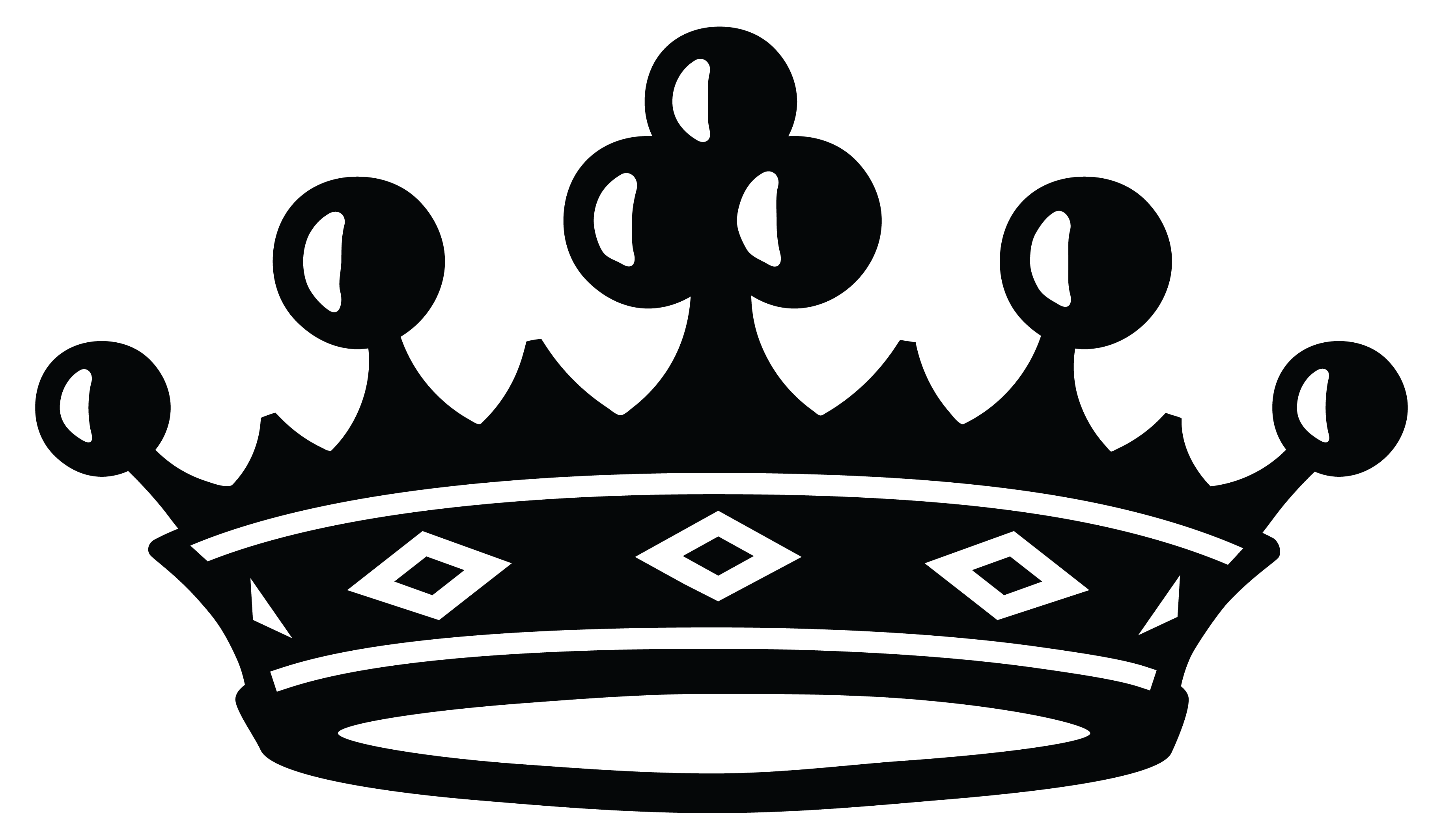My sculptures are based on miniature objects that you'd find everyday at home, but I enlarge them: for example, matchsticks which I enlarge. Or like the safety pendant, where I also incorporate beadwork. Each piece tells a story.
My love of art started from around 11-years-old when I started drawing from a child's perspective. My work speaks to heavy subjects, but showcased in a very playful way, which sort of eases a lot of things. Throughout my undergrad I was making work about the history of this country and that of my family: about trauma and violence, which started to feel very heavy on me. So I started adopting this approach. If you can say something that a five-year-old child can understand, then you have achieved something. It's always been like that, I remember I made this piece with plastic plates, from afar, you'd think they were smarties, but when you come closer, it had all these surnames - speaking of collective and speaking of community, and I like that effect, of drawing people in and grabbing their attention. I also enjoy borrowing from my culture.
Colour is important in my work. I'm always investigating and curious about colour: rearranging, curating it in a way that will speak of a mood.
There’s the sculpture and there's the paintings on paper. And there's also performance. It’s like a puzzle that one day, hopefully, everything will come together. I'm very patient with my journey and very patient and understanding that it's coming in small pieces. And it's at the same time it’s also for me to understand myself in this world.








